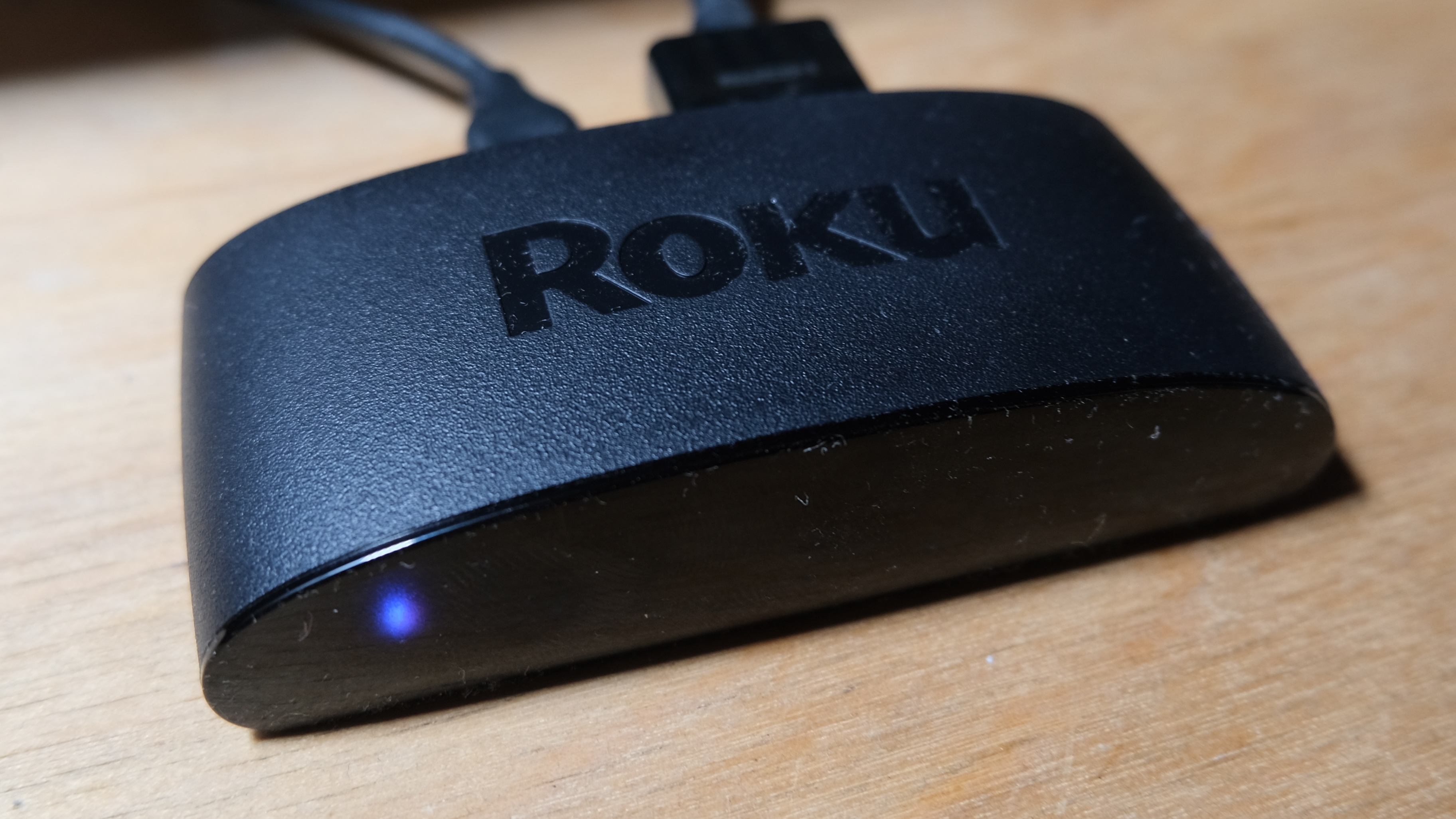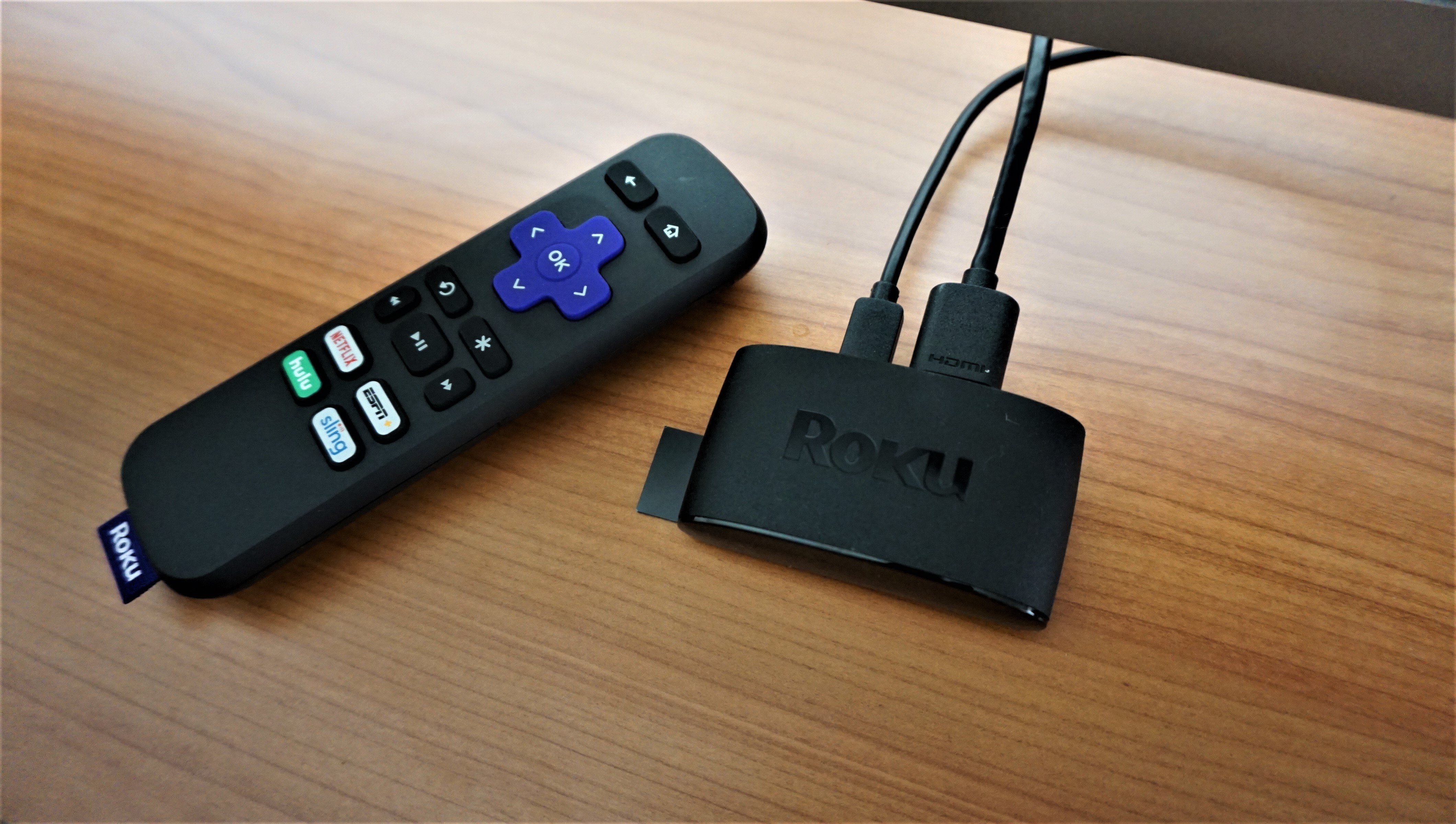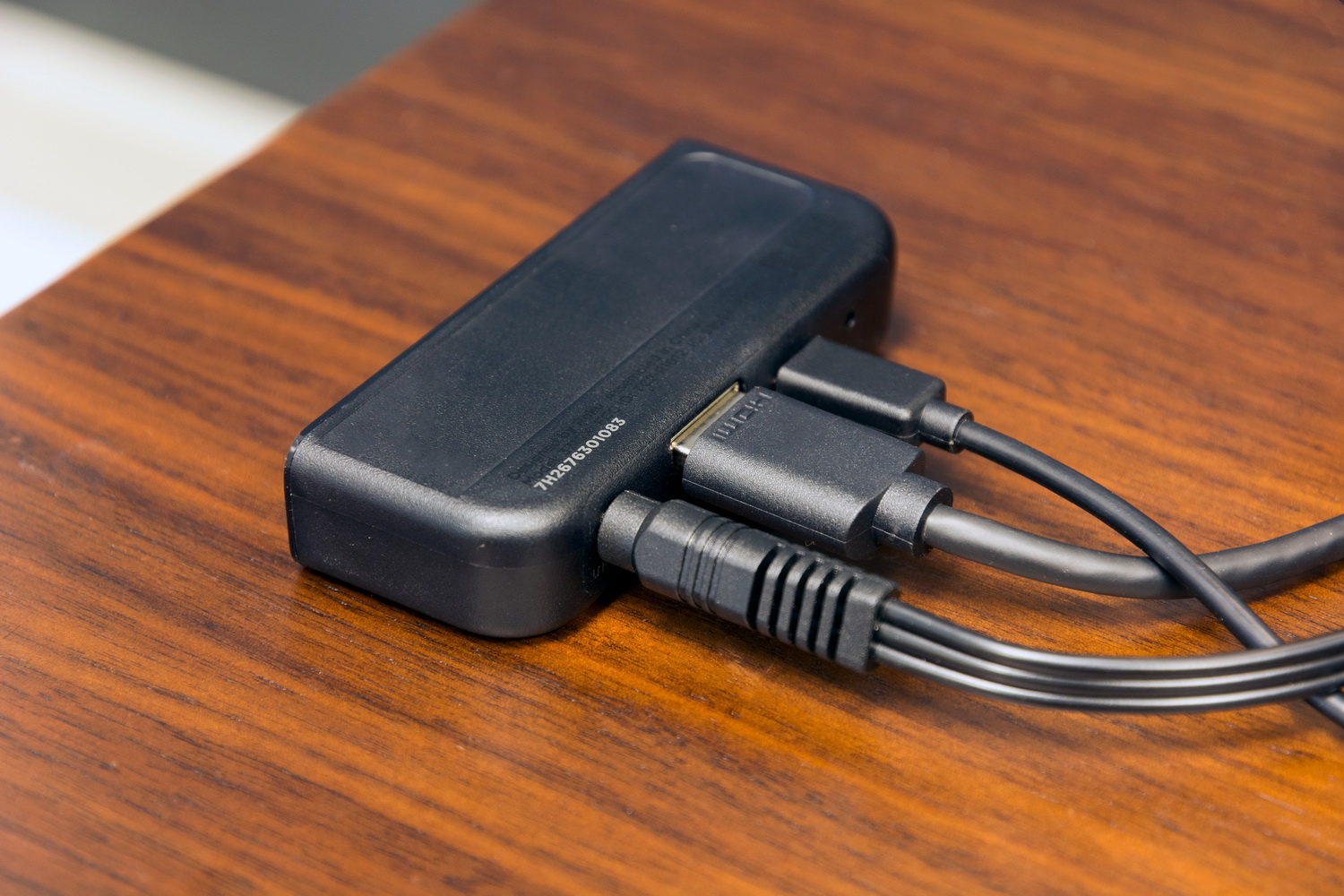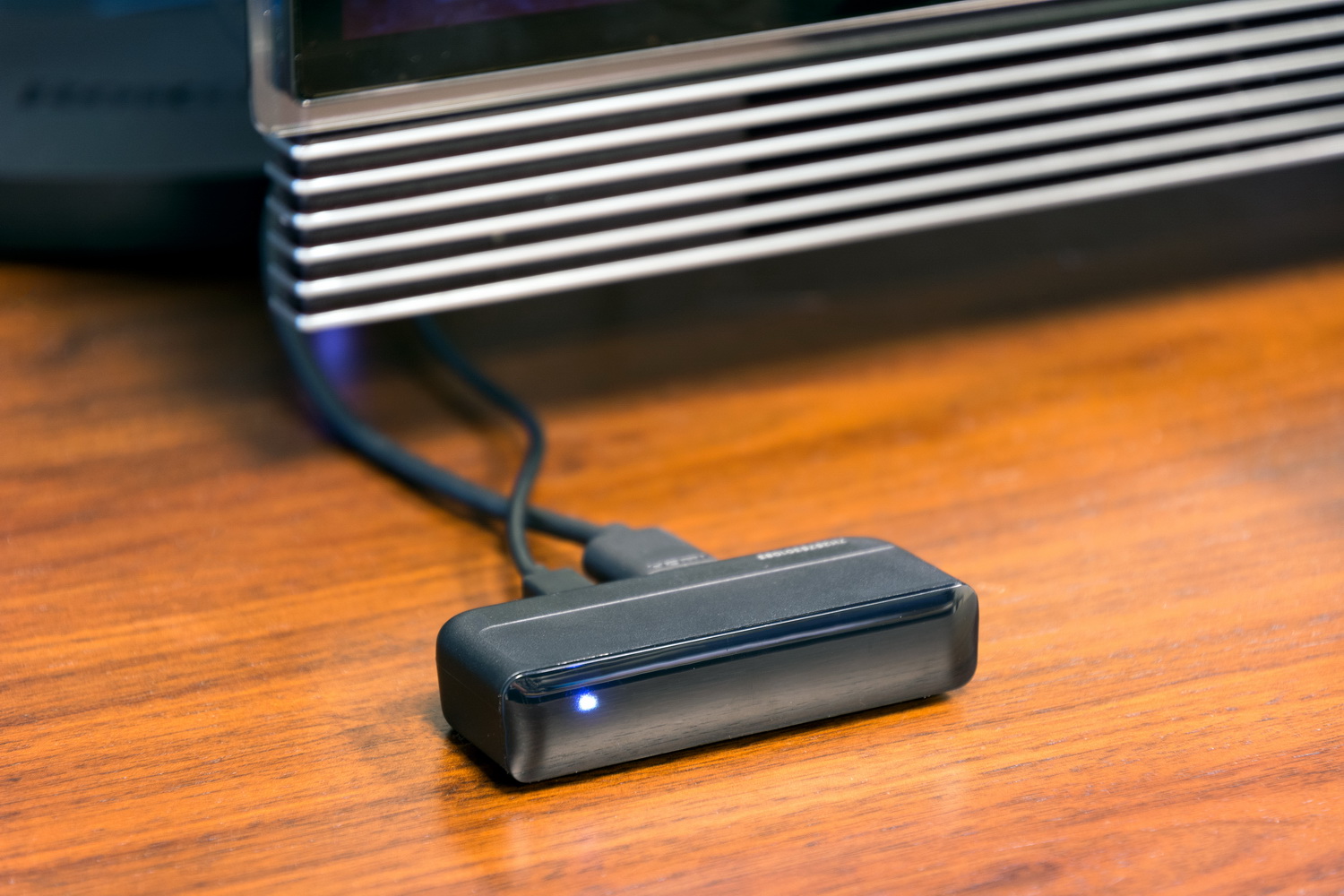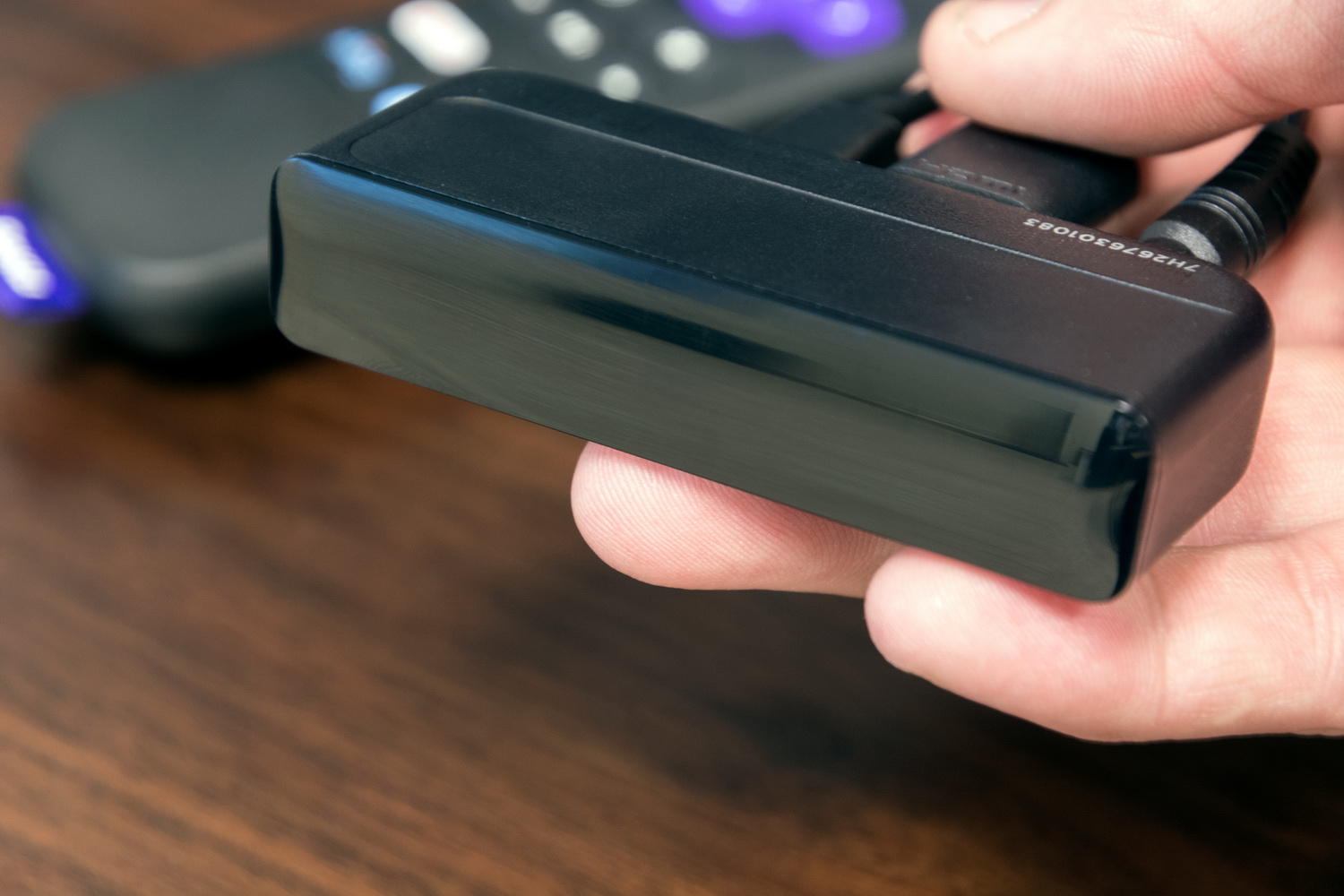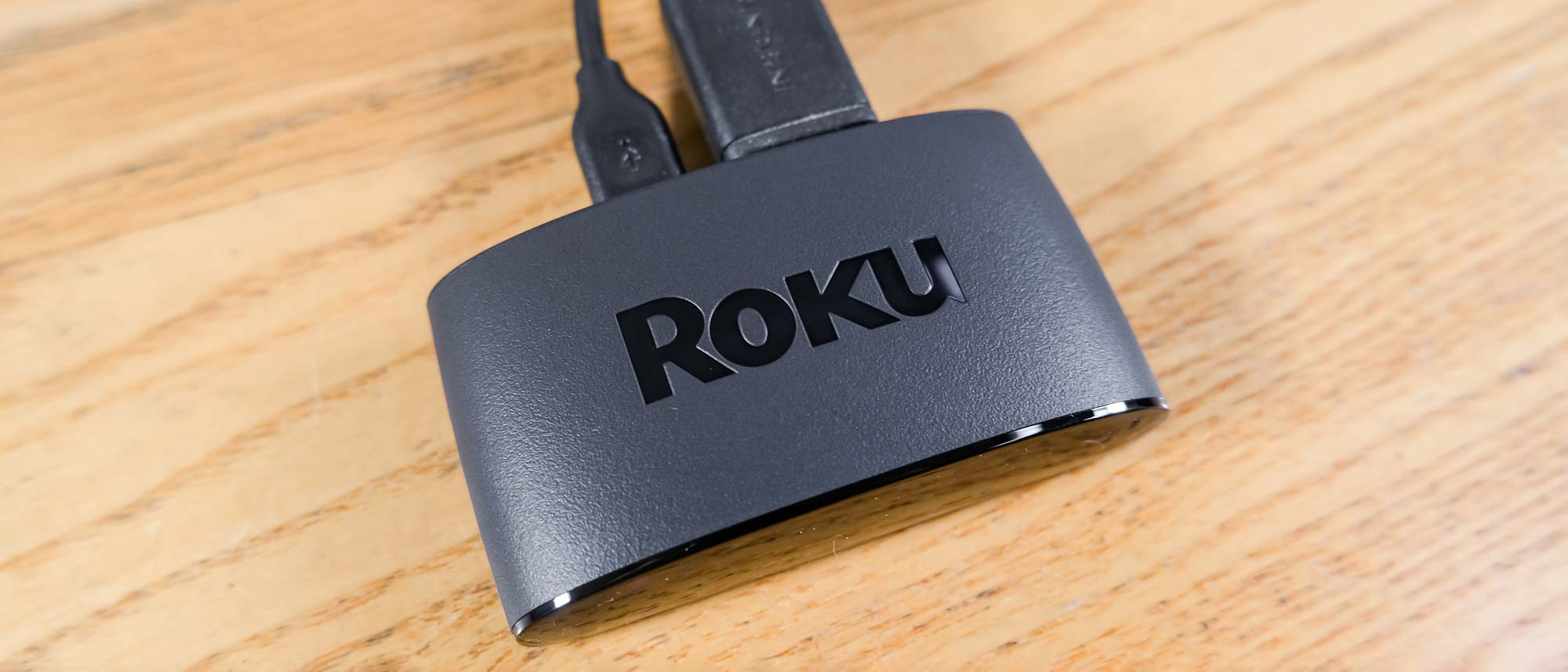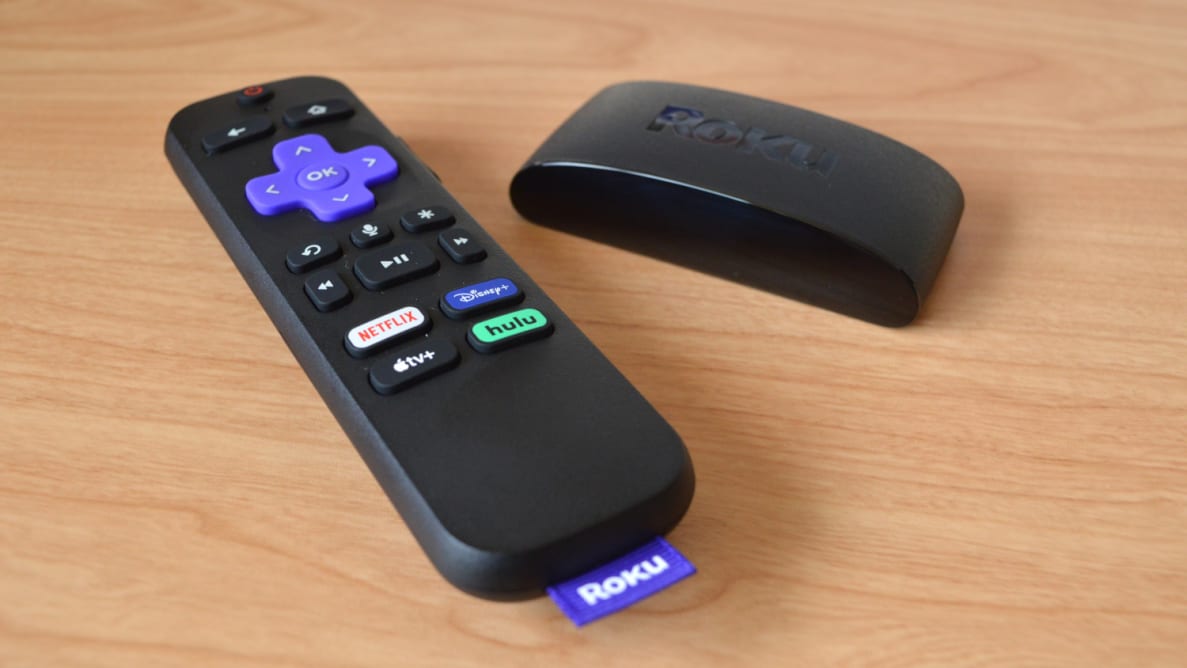
Roku Express (2022 Model) Streaming Media Player with Simple Remote (no TV controls) Black 3960R - Best Buy

Amazon.com: Roku Express 4K+ | Streaming Player HD/4K/HDR with Roku Voice Remote with TV Controls, Includes Premium HDMI Cable : Everything Else

Amazon.com: Roku Express (New, 2022) HD Streaming Device with High-Speed HDMI Cable and Simple Remote (no TV controls), Guided Setup, and Fast Wi-Fi : Electronics

Amazon.com: Roku Express (New, 2022) HD Streaming Device with High-Speed HDMI Cable and Simple Remote (no TV controls), Guided Setup, and Fast Wi-Fi : Electronics

